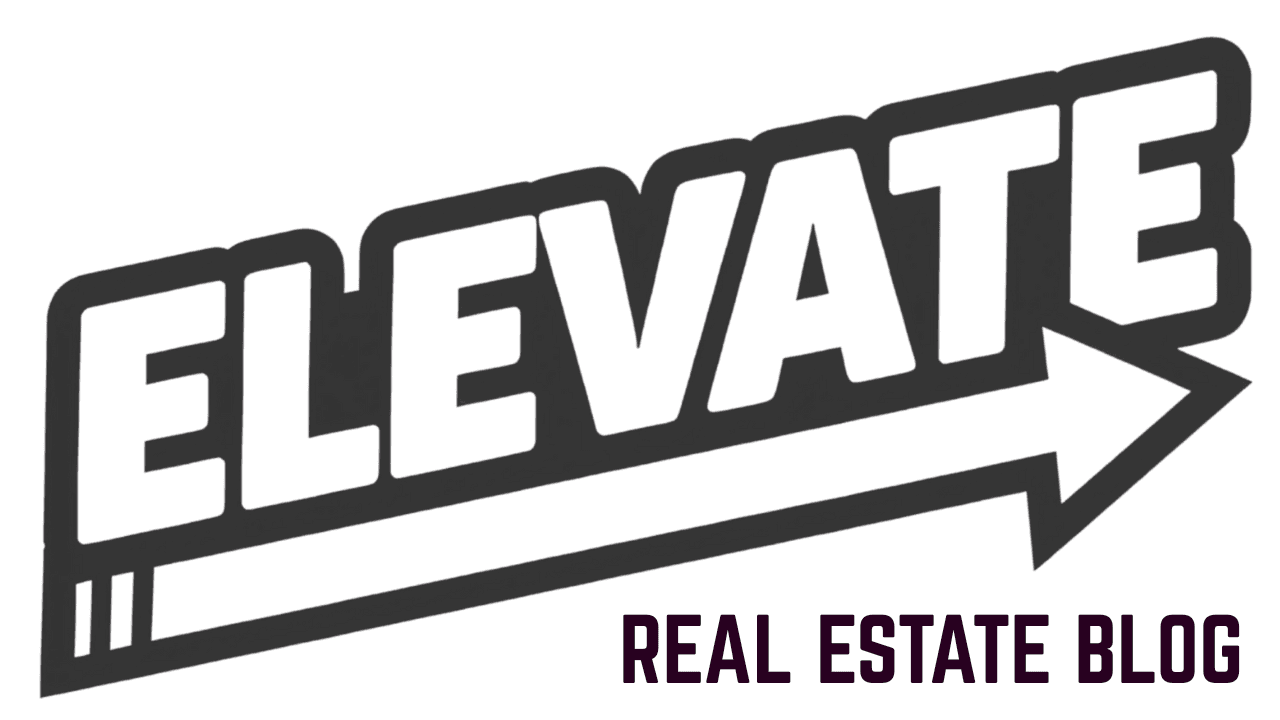Real estate agents face increasing pressure to handle more leads, provide faster responses, and deliver personalized service at scale. AI-powered training systems offer a solution by automating routine tasks and enhancing agent capabilities. This guide outlines the exact steps to implement AI training systems that improve agent performance and client satisfaction.
Step 1: Define Your AI Training Objectives
Start by identifying specific areas where AI can enhance agent performance. Common objectives include lead qualification, market analysis, property valuation, and client communication. Document each objective with measurable outcomes.
Lead qualification systems can score prospects based on buying signals, financial readiness, and timeline urgency. Market analysis tools can provide agents with comparative market analysis data in real-time. Property valuation systems can generate instant estimates using current market conditions and property features.

Set clear performance metrics for each objective. Examples include response time reduction, lead conversion rate improvement, or accuracy of property valuations. These metrics will guide your AI system selection and training approach.
Step 2: Collect and Prepare Training Data
AI systems require high-quality data to function effectively. Gather historical client interactions, transaction records, market data, and agent performance metrics. This data forms the foundation of your AI training system.
Clean your data by removing duplicates, correcting errors, and standardizing formats. Real estate data often contains inconsistent property descriptions, varying address formats, and incomplete client information. Address these issues before training begins.
Organize data into categories such as client demographics, property characteristics, market trends, and transaction outcomes. Label data points to help the AI system recognize patterns. For example, tag successful transactions with factors that contributed to closure.
Ensure data privacy compliance by anonymizing personally identifiable information. Real estate transactions contain sensitive financial and personal data that requires protection under privacy regulations.
Step 3: Select the Right AI Platform
Choose an AI platform that matches your technical requirements and budget constraints. Cloud-based solutions offer scalability and reduced maintenance overhead. On-premises systems provide greater control but require more resources.
Evaluate platforms based on integration capabilities with existing CRM systems, MLS databases, and communication tools. The AI system should seamlessly connect with your current technology stack to avoid workflow disruptions.
Consider platforms that offer pre-built real estate models. These systems come with industry-specific training that reduces implementation time. Custom solutions provide more flexibility but require additional development resources.

Step 4: Train Your AI System
Begin with supervised learning using your prepared datasets. Feed the system examples of successful agent behaviors, effective communication patterns, and positive transaction outcomes. The AI learns to replicate these patterns in new situations.
Implement reinforcement learning for tasks that require ongoing optimization. The system receives feedback on its recommendations and adjusts its approach accordingly. This method works well for lead scoring and pricing recommendations.
Run training iterations in controlled environments before live deployment. Start with small datasets to identify issues early. Gradually increase data volume as the system demonstrates accuracy and reliability.
Monitor training progress through accuracy metrics, response times, and error rates. Adjust training parameters when performance plateaus or degrades. Common adjustments include learning rates, data sampling methods, and feature selection.
Step 5: Design Agent Workflows
Create workflows that integrate AI recommendations into daily agent activities. The system should enhance human decision-making rather than replace it entirely. Agents need clear guidance on when to trust AI recommendations and when to apply human judgment.
Build escalation protocols for complex situations the AI cannot handle. Define criteria for transferring cases to human agents. Include feedback mechanisms that help the AI learn from these escalations.
Design user interfaces that present AI insights in actionable formats. Agents should quickly understand recommendations without technical explanations. Use dashboards, alerts, and summary reports to communicate key information.
Tools like Pulse Intelligence demonstrate effective AI integration by providing real-time market insights and client behavior analytics within familiar agent workflows. These systems enhance productivity without disrupting established practices.

Step 6: Test and Validate Performance
Conduct comprehensive testing before full deployment. Test the system with historical scenarios to verify accuracy. Use A/B testing to compare AI-assisted agent performance against traditional methods.
Run stress tests with high-volume data to ensure system stability. Real estate markets can experience rapid changes that increase data processing demands. Your AI system must maintain performance during peak periods.
Test edge cases and unusual scenarios. AI systems can struggle with situations outside their training data. Document these limitations and develop handling procedures.
Gather feedback from agents during testing phases. They provide insights into practical usability issues that technical testing might miss. Address usability concerns before widespread deployment.
Step 7: Deploy and Monitor
Roll out the AI system gradually to manage risk and identify issues early. Start with a small group of agents and expand based on performance results. This approach allows for quick corrections without widespread disruption.
Establish monitoring systems to track key performance indicators continuously. Monitor system uptime, response accuracy, agent adoption rates, and business impact metrics. Set alerts for performance degradation or system errors.
Create feedback loops that capture agent experiences and client outcomes. This information improves system performance over time. Regular updates and retraining sessions keep the AI system current with market changes.

Step 8: Optimize and Scale
Analyze performance data to identify optimization opportunities. Look for patterns in system failures, agent feedback, and client outcomes. Use these insights to refine training data and adjust system parameters.
Scale successful implementations to additional agents and markets. Different markets may require customized training data to account for local conditions and regulations. Maintain core system architecture while adapting content.
Implement continuous learning capabilities that update the system automatically as new data becomes available. This reduces maintenance overhead and keeps the system current with market trends.
Integration with Modern Real Estate Technology
Modern AI training systems integrate with comprehensive real estate platforms to maximize effectiveness. PWRU's suite of tools demonstrates how AI can enhance multiple aspects of agent operations, from lead generation to transaction management.
Agents benefit most from AI systems that connect seamlessly with their existing technology stack. Integration capabilities determine how quickly agents can adopt new AI tools without disrupting proven workflows.
Measuring Success
Track specific metrics to evaluate AI training effectiveness. Lead response times should decrease while conversion rates increase. Client satisfaction scores should improve as agents provide more personalized service.
Monitor agent productivity metrics such as transactions per month, average deal size, and time to close. Successful AI implementation typically shows improvements across multiple performance indicators within 90 days.

Calculate return on investment by comparing AI implementation costs against productivity gains and revenue increases. Include both direct costs and time savings in your calculations.
Common Implementation Challenges
Data quality issues represent the most common implementation challenge. Real estate data varies widely in format and completeness. Establish data standardization procedures before training begins.
Agent resistance can slow adoption rates. Provide comprehensive training that demonstrates clear benefits. Show agents how AI enhances their capabilities rather than replacing them.
Integration complexity increases with the number of existing systems. Plan for longer implementation timelines when multiple system integrations are required. Consider phased approaches that prioritize high-impact integrations first.
Getting Started
Begin your AI-powered training journey by evaluating your current data quality and identifying specific use cases with clear ROI potential. Start with pilot programs that demonstrate value before expanding to full-scale implementations.
Ready to explore AI-powered solutions for your real estate business? Modern platforms provide comprehensive tools that integrate AI training capabilities with proven real estate workflows, helping agents achieve measurable performance improvements while maintaining the personal touch that clients expect.
Successful AI implementation requires careful planning, quality data, and ongoing optimization. Follow these steps systematically to build AI systems that enhance agent capabilities and drive business growth.




